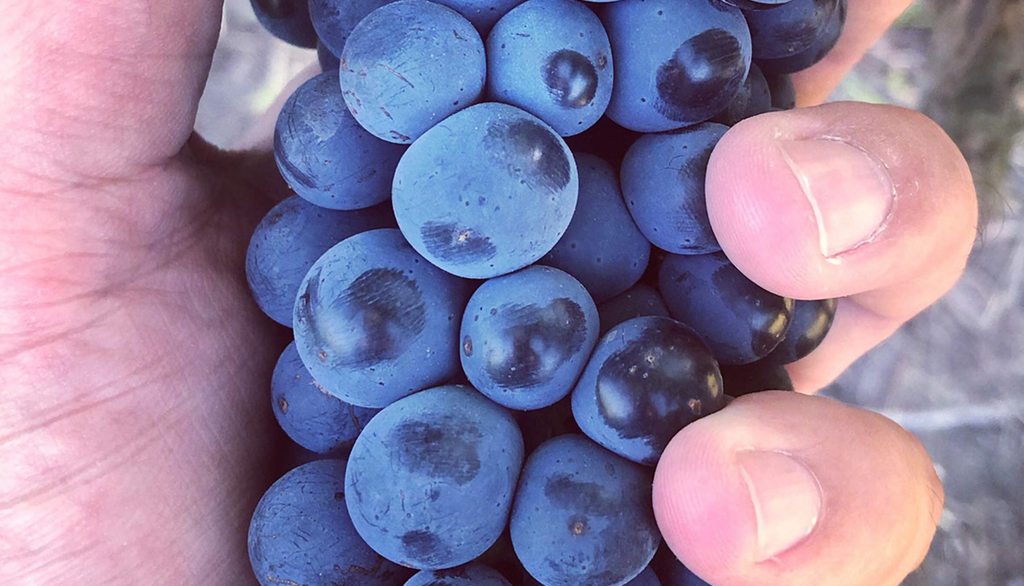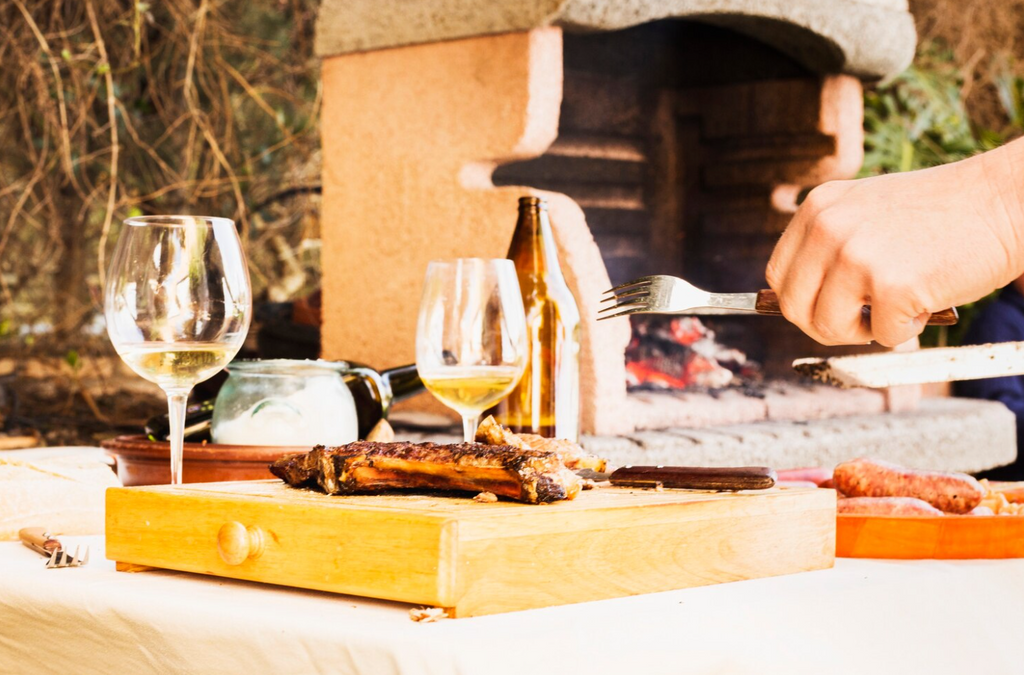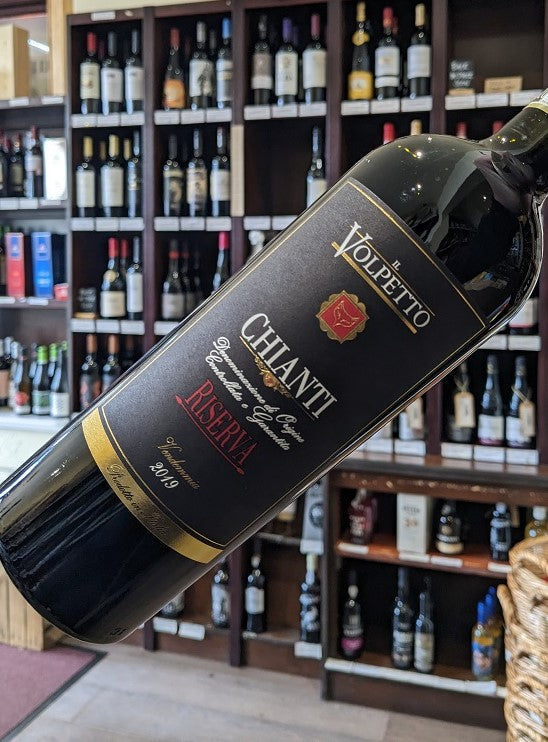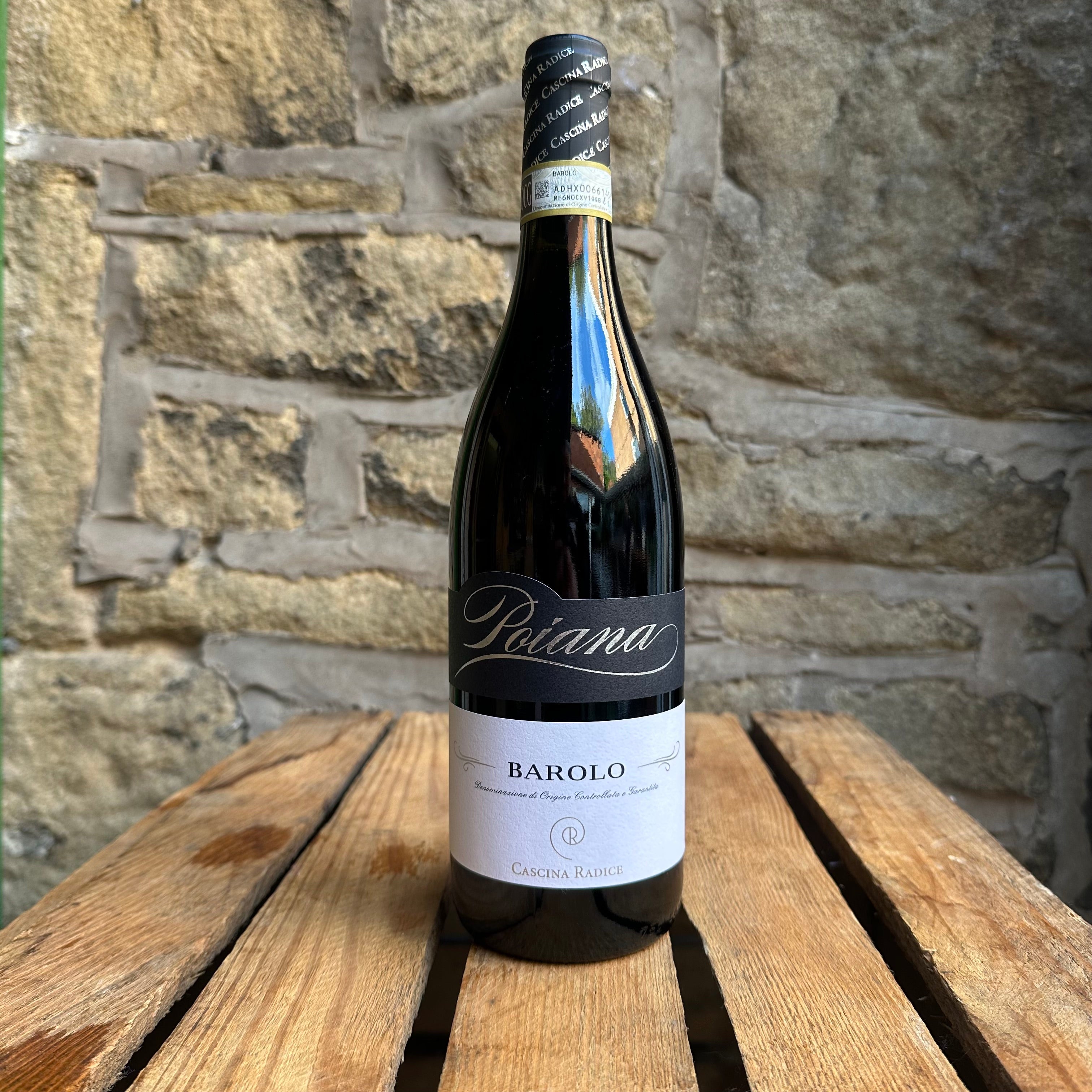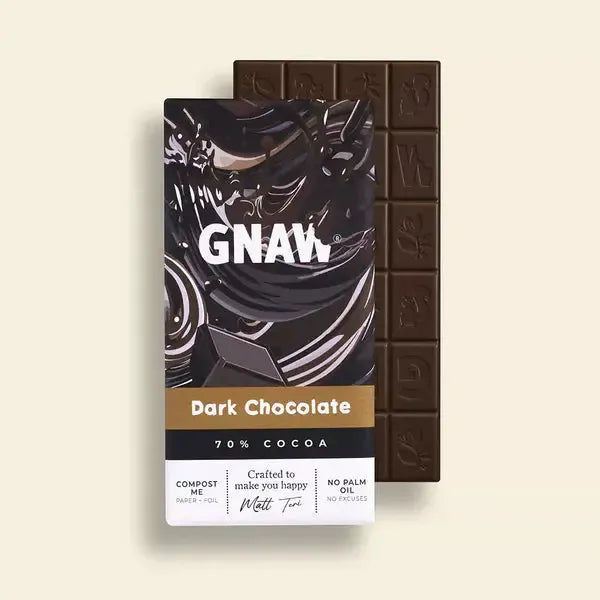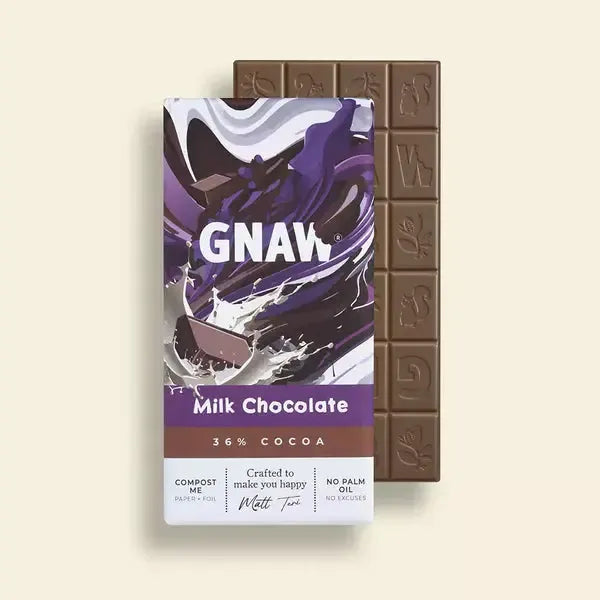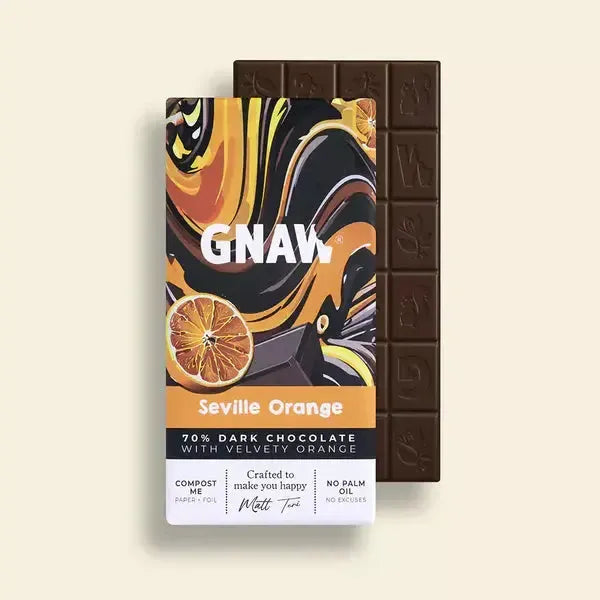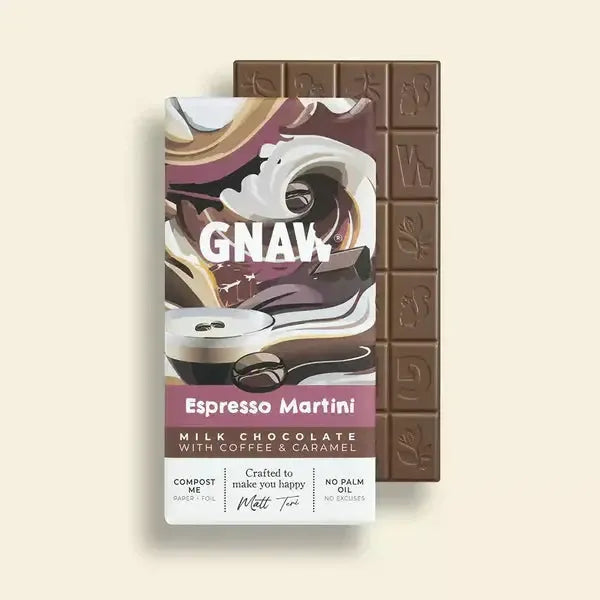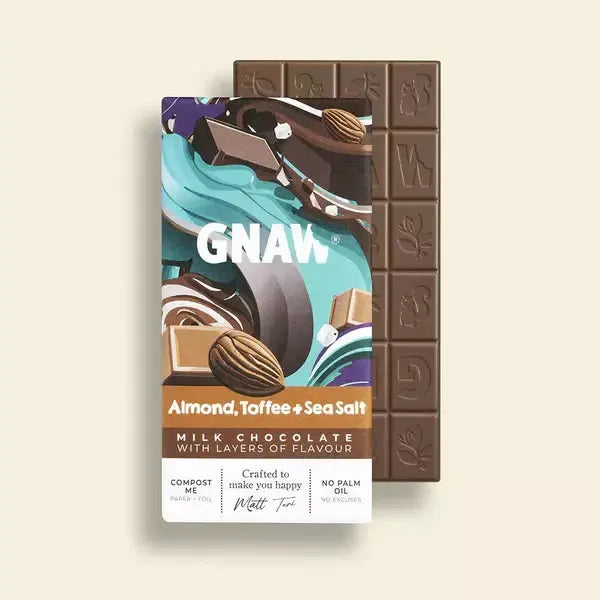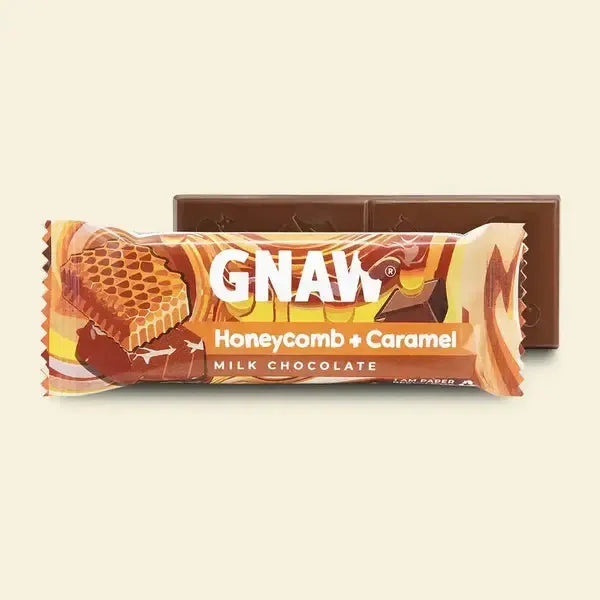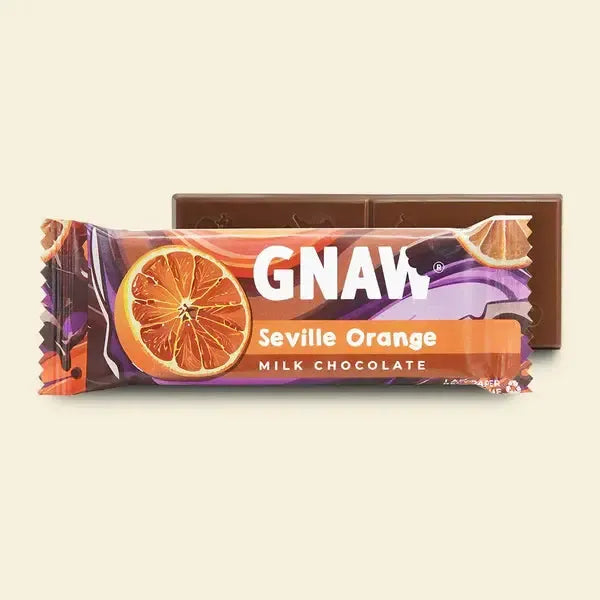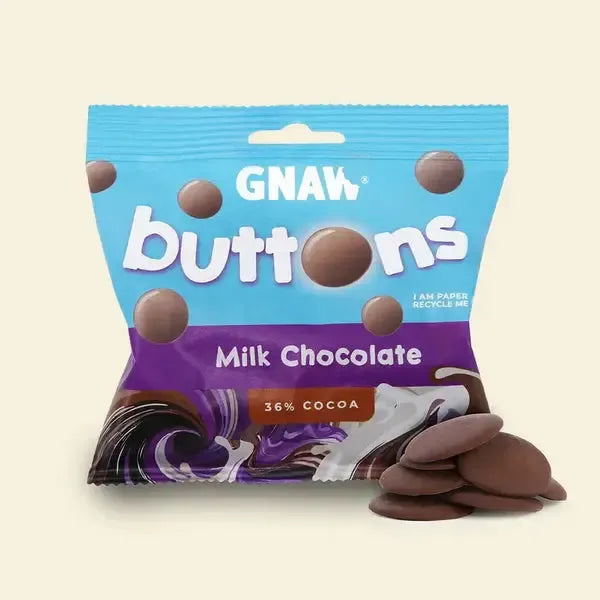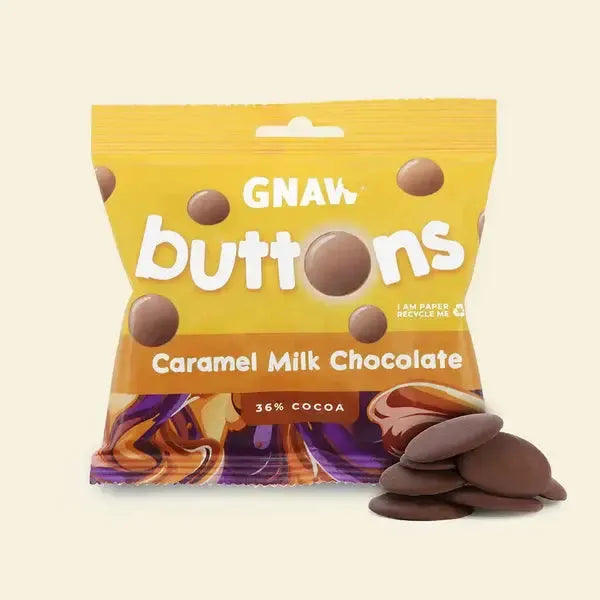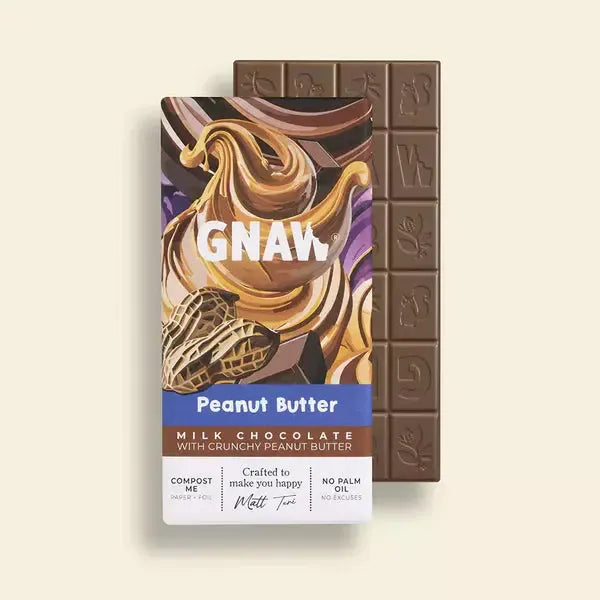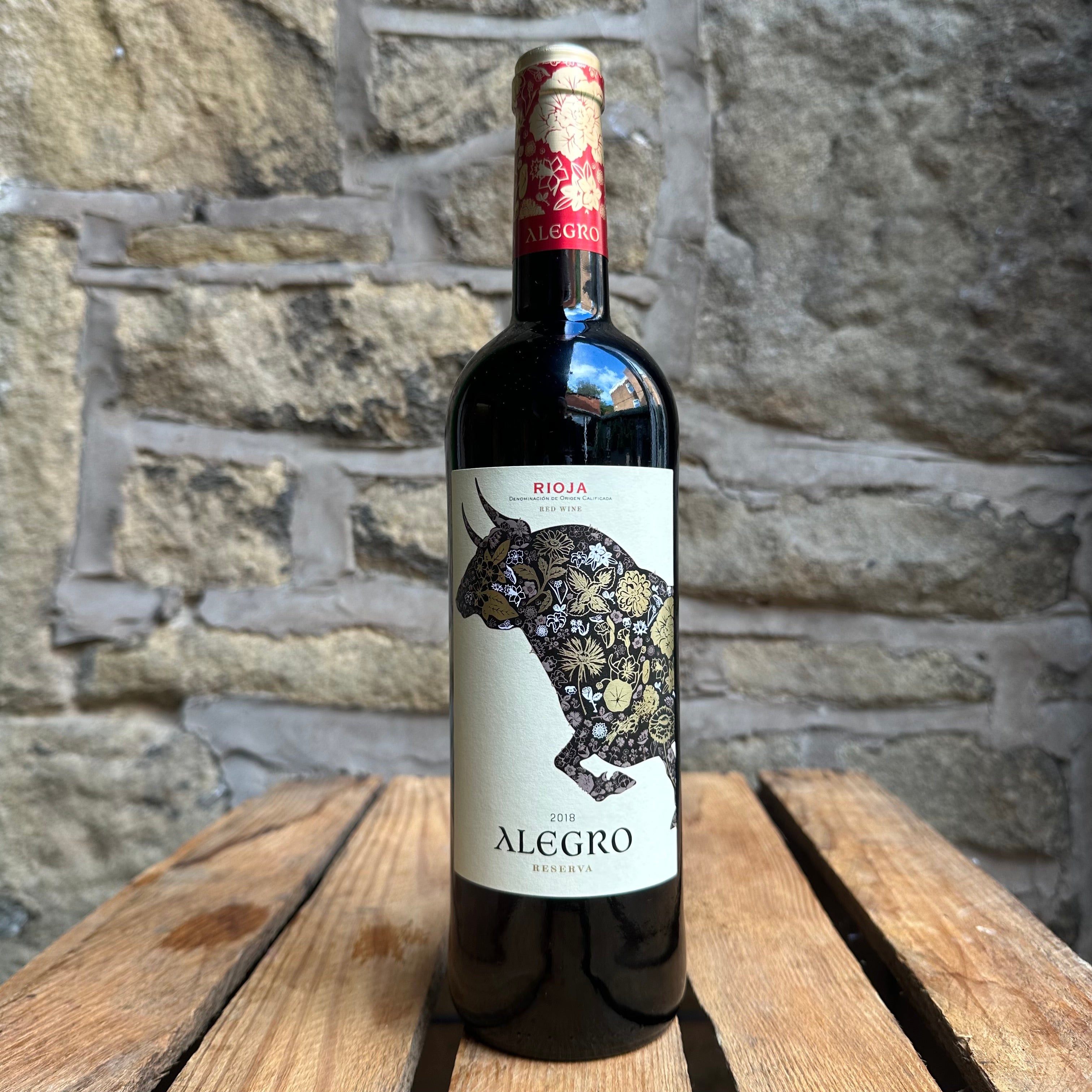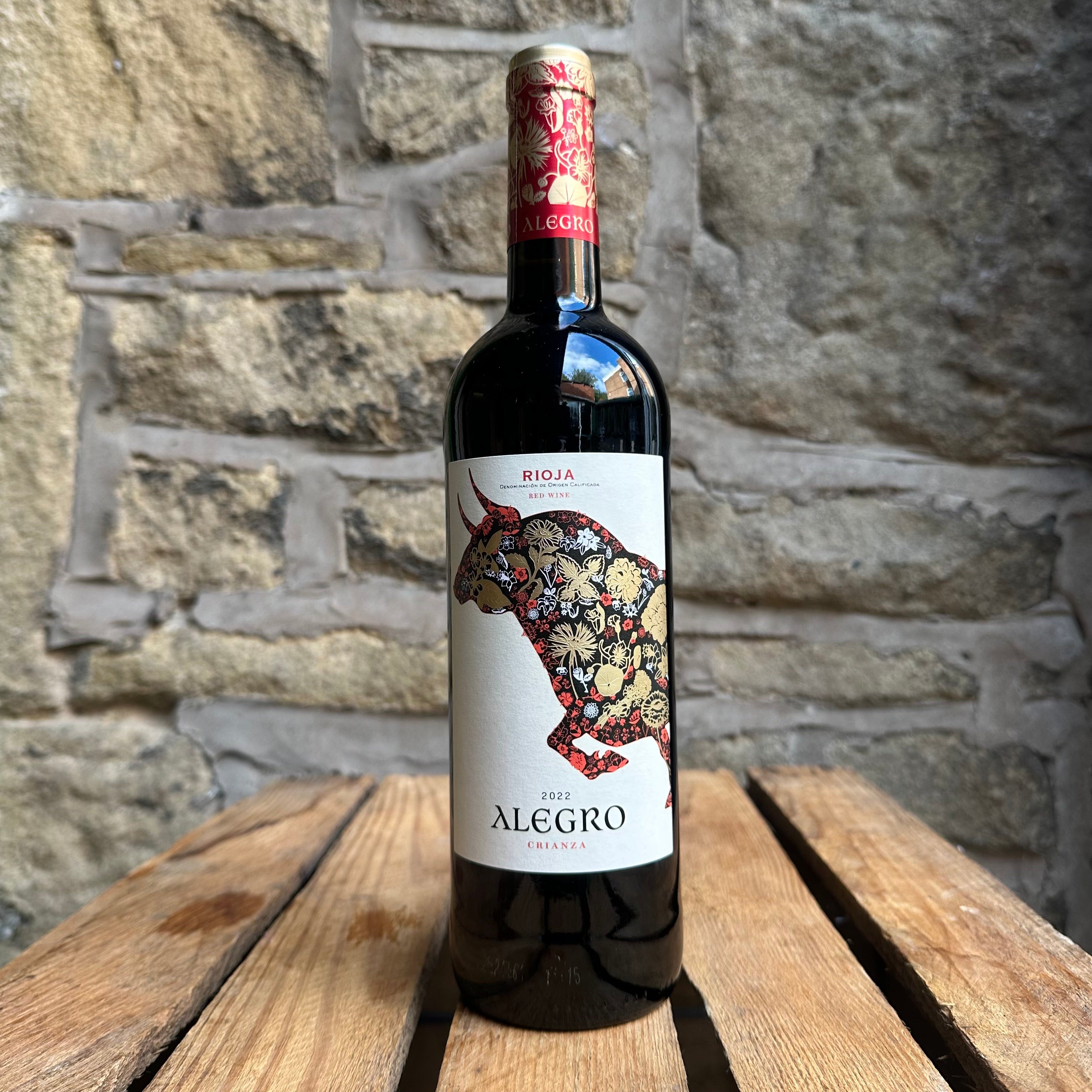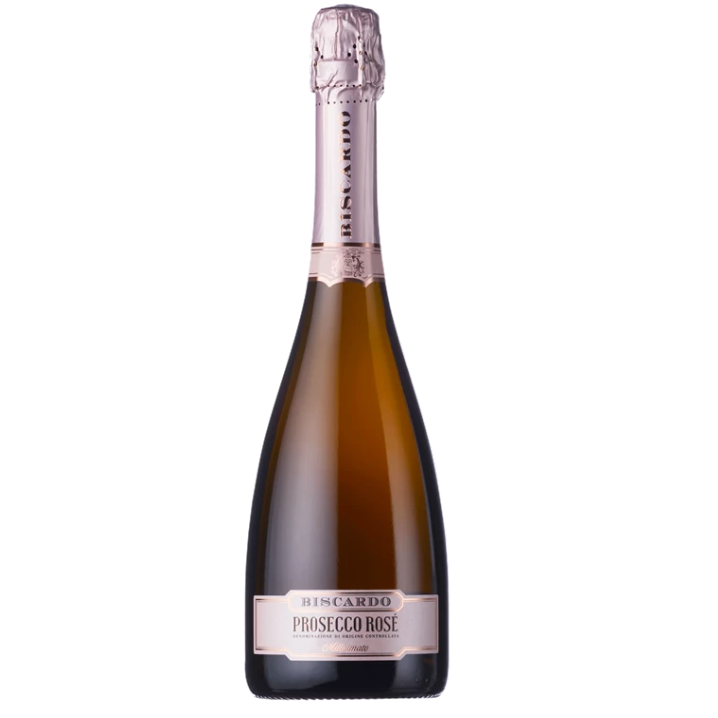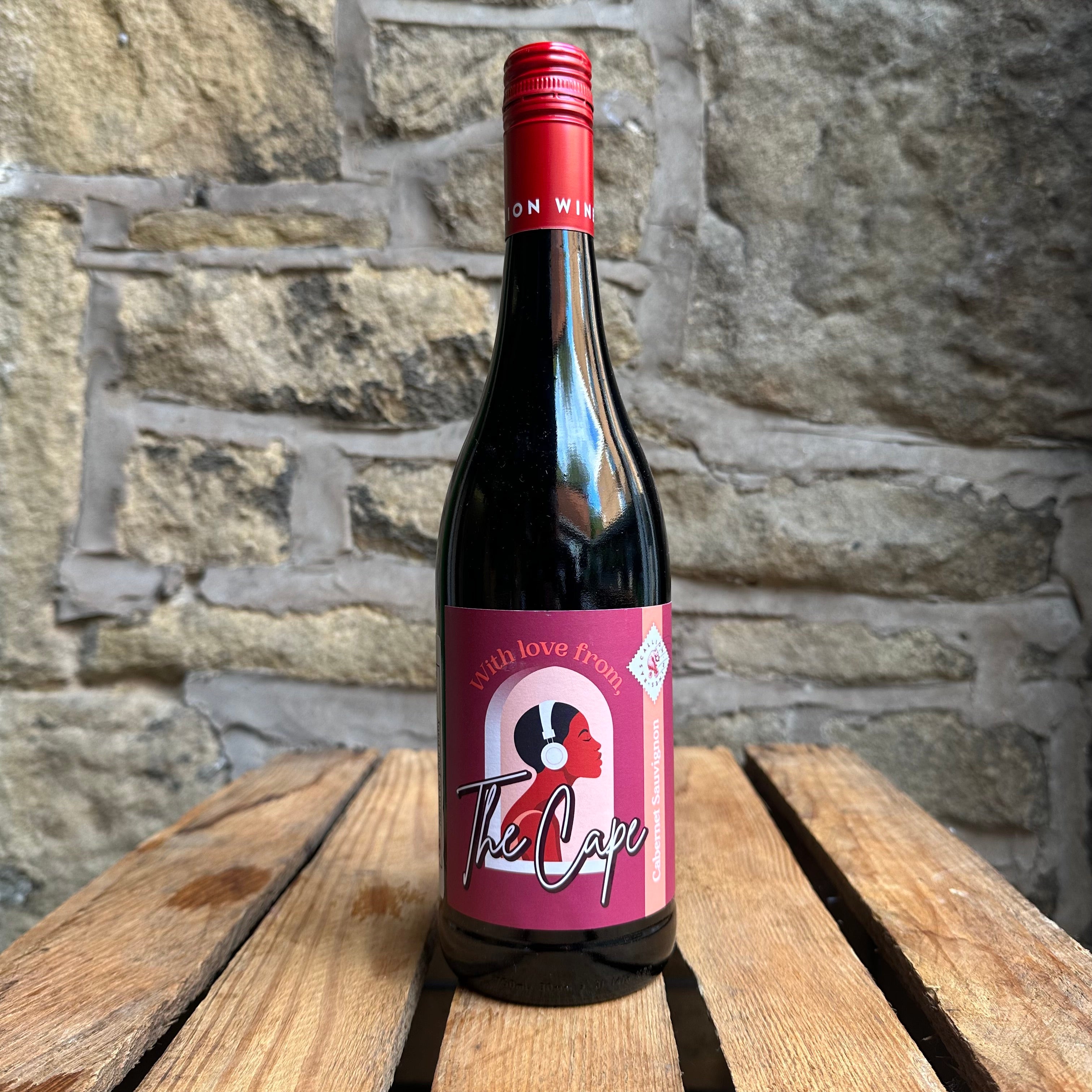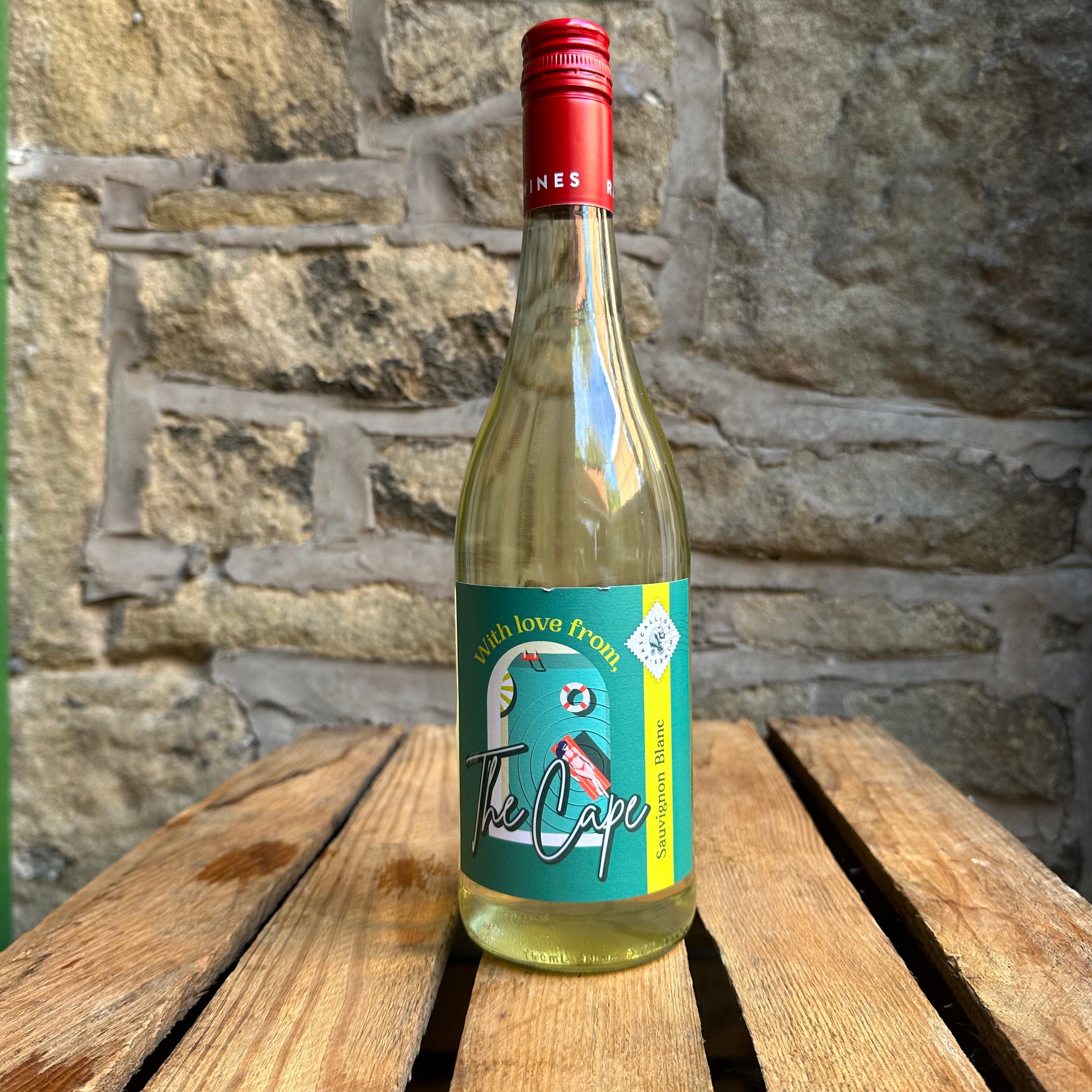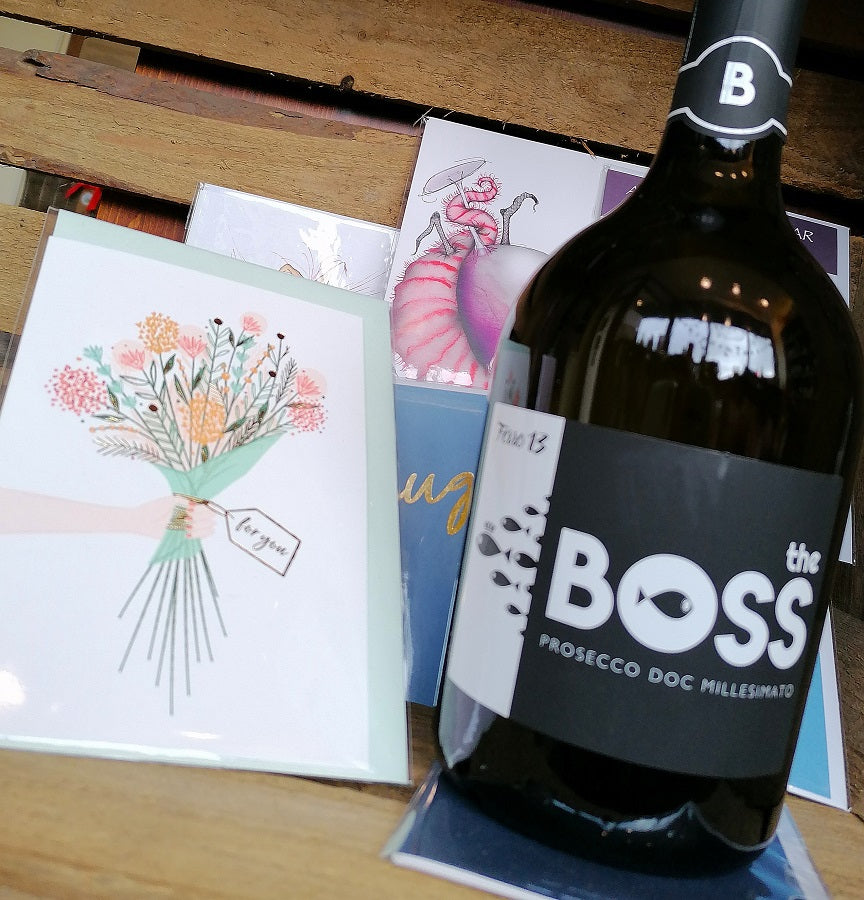
Prosecco Perfection

Prosecco rose to heightened fame in 2008 overtaking Champagne as the world's most popular sparkling wine. After more than a decade, it shows no signs of its popularity debating - and for good reason. Fresh, floral, light and versatile enough to to make it compliment a plethora of cocktails, it will remain the go-to present for many years to come.
Prosecco continues to eclipse the Champagne market - a feat not to be underestimated. This is through a combination of the exquisite Glera grape, its quick and simple Charmat fermentation method, and its consequent ability to hit the shelves at generally lower prices. This is not to demean the beauty of Traditional Method Champagnes which have much work and heart put into their production to create richness and complexity. However, the fresh purity of Prosecco has hit a key market for all.
HISTORY
Prosecco wine was first mentioned in documentation from 1754, although it is likely to have existed for centuries prior due to its key ingredient, the Glera grape, being used long before from Roman times. Originally thought to be from Slovenia, Glera would have been used to create still wines and had established itself to the regions of Veneto and Fruili in northern Italy by the 18th century.
The 19th century saw the Prosecco product and region officially founded, with its heartland in the small region of Conegliano-Valdobbiadene that connects Fruili and Veneto. The 1900s was a century of winemakers strongly focusing on quality improvement, with rules and regulations to ensure good production was maintained alongside. It was this hard work that ensured the DOC status of the Prosecco region in 1969 and further to its popularity in the modern era.
2008 marked its top spot for sparkling wines internationally in 2008 where it has since remained, Quite rightly, Conegliano Valddobiadene was awarded the premium status of DOCG shortly thereafter in 2009.
METHOD
So what is the secret? Many years of production have led to the perfect method for creating sparkling Prosecco wine, with quick turnaround to maintain freshness. The Charmat Method (or Italian Method) is most commonly used which begins with gentle pressing to bring out just the core juices which are placed in stainless steel tanks and left at cool temperatures with yeasts to encourage sugar conversion to alcohol. This lasts for up to 20 days before other base wines are blended carefully and tasted before a second fermentation in pressurised, sealed tanks that retain CO2 creating light bubbles. After approximately 30 days and when the wine reaches its desired abv, it is cooled and filtered before bottling under pressure with some residual sugar kept in the mix for the resulting wine. Villa Sandi are a good example of the method. Their Il Fresco Brut Prosecco, also available in handy 20cl bottles for that small treat, is beautifully delicate and uses grapes from the Treviso region north of Venice in Veneto, Fine bubbles and persistent perlage compliment the fruity and flowery aromas. Subtle citrus hints bring a fresh and lively palate with fruity persistence on the light finish.
TASTE
There are a number of levels of dryness for Prosecco wines that you may not have noticed before. Nearly all are some form of dry wine, but with small variations. Starting from the most dry, the new classification of Brut Nature (or Brut Zero) is for wines with only 0-3 g/l of residual sugar. We then move to Extra Brut (very dry) with 0-6g/l, Brut (dry) with 6-12g/l, Extra Dry (medium dry) with 12-17g/l, Dry (actually medium-sweet!) at 17-32g/l, and finally the rare Demi Sec (sweet) with 32-50g/l.
Confusing? Yes! The terms dry and demi-sec for still wines of course mean as they say - dry and medium-dry - but for Prosecco and some other sparkling wines they denote a shift upwards. Understanding that Extra Brut is much drier than Extra Dry is something that would be lost on many of us too, so the next time you find a Prosecco favourite, it may be worth noting the dryness classification on the label for your next purchase! Two of our most popular to compare are Passaparola Brut and Bella Modella Extra Dry. Passaparola shows classic freshness and elegance, with subtle light bread notes giving way to aromas of spring flowers and apple. The wholesome palate shows nectarine with touches of green herbs and some real citrus zest on the finish. Bella Modella is just as beautifully crafted with slightly more sweetness. Rounded with a vibrant mousse and fresh, uplifting aromas, its crisp palate is filled with ripe apple and citrus fruit character.
QUALITY
All Prosecco wines have to align to production regulations to ensure a quality mark for the Italian brand name. This reliability can be added as another reason for its ongoing success. But besides the dryness levels, there are other factors that go towards premium Prosecco wines.
The DOCG area of Conogliano-Valdobbiadene is highly prized. Its steep rolling hills provide an excellent soil mix with lots of sunshine, good rainfall and natural irrigation, and those all important cooling high altitude breezes.
Another marker that producers often use on the label is Millesimato, literally meaning "vintage". It denotes that wine is produces in the Traditional Method with second fermentation taking place in bottle, rather than in tank. This can add complexity in comparison and Millesimato wines also use grapes from the same vintage year (at least 85%), and usually the best parcels with long, careful selection. This reliable purity is very attractive to some consumers, but the term Millesimato can be controversial with other Prosecco lovers feeling it is not a necessary distinction, with both Millesimato and Charmat methods relaying on a very quick turnaround from harvest to bottling. However, this is something that if not agreed upon, is best decided by your own tastebuds. Our palates are the best judge and it is certainly the case that Millesimato Prosecco wines take the utmost care in their grape selection to try and bring you their very best.
For instance, we love our aptly named Ferro 13 The Boss Millesimato Extra Dry Prosecco. The best grapes are sourced from the hills of the March of Treviso to bring character that is strong yet balanced. Citrus, orchard fruit and floral notes, compliment each other on the bouquet and palate with excellent refreshing acidity and the finest bubbles. The Boss prides itself on the lingering finish and finer, layered complexity.


